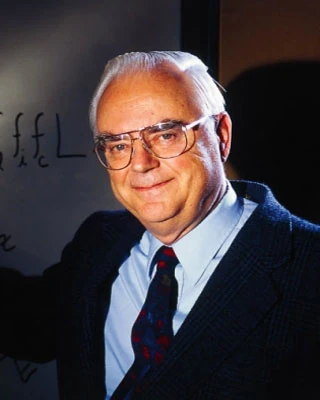
Born on May 28, 1930 in Chicago (Illinois), Frank Drake (1930-2022) developed an early passion for electronics and astronomy. By age 8, he had already built his first chemistry laboratory in the family basement. After studying physics at Cornell University, he earned his PhD in astronomy from Harvard in 1958, under the supervision of Cecilia Payne-Gaposchkin (1900-1979), a pioneer in stellar astrophysics. His thesis focused on planetary atmospheres, then an emerging field.
In 1960, Drake launched Project Ozma, the first systematic attempt to detect extraterrestrial radio signals. The following year, he formulated his famous equation:
This equation became a cornerstone of astrobiology and inspired generations of scientists. In 1961, he organized the first SETI conference at Green Bank (West Virginia), bringing together figures like Carl Sagan (1934-1996) and Jill Tarter (1944-).
Drake played a key role in several advancements:
He also led the construction of the Arecibo radio telescope (Puerto Rico), then the world's largest, and served as its director from 1966 to 1981.
Throughout his career, Drake combined fundamental research with public outreach:
He passed away on September 2, 2022 in California, leaving behind a major legacy in the exploration of the universe and the search for extraterrestrial life.
| Field | Year | Contribution | Impact |
|---|---|---|---|
| Astrobiology | 1961 | Drake Equation | Theoretical framework for estimating extraterrestrial civilizations |
| Radio Astronomy | 1960 | Project Ozma | First modern SETI search |
| Interstellar Communication | 1974 | Arecibo Message | First intentional radio message to M13 |
| Instrumentation | 1963 | Arecibo Radio Telescope | Major tool for pulsar and galaxy studies |